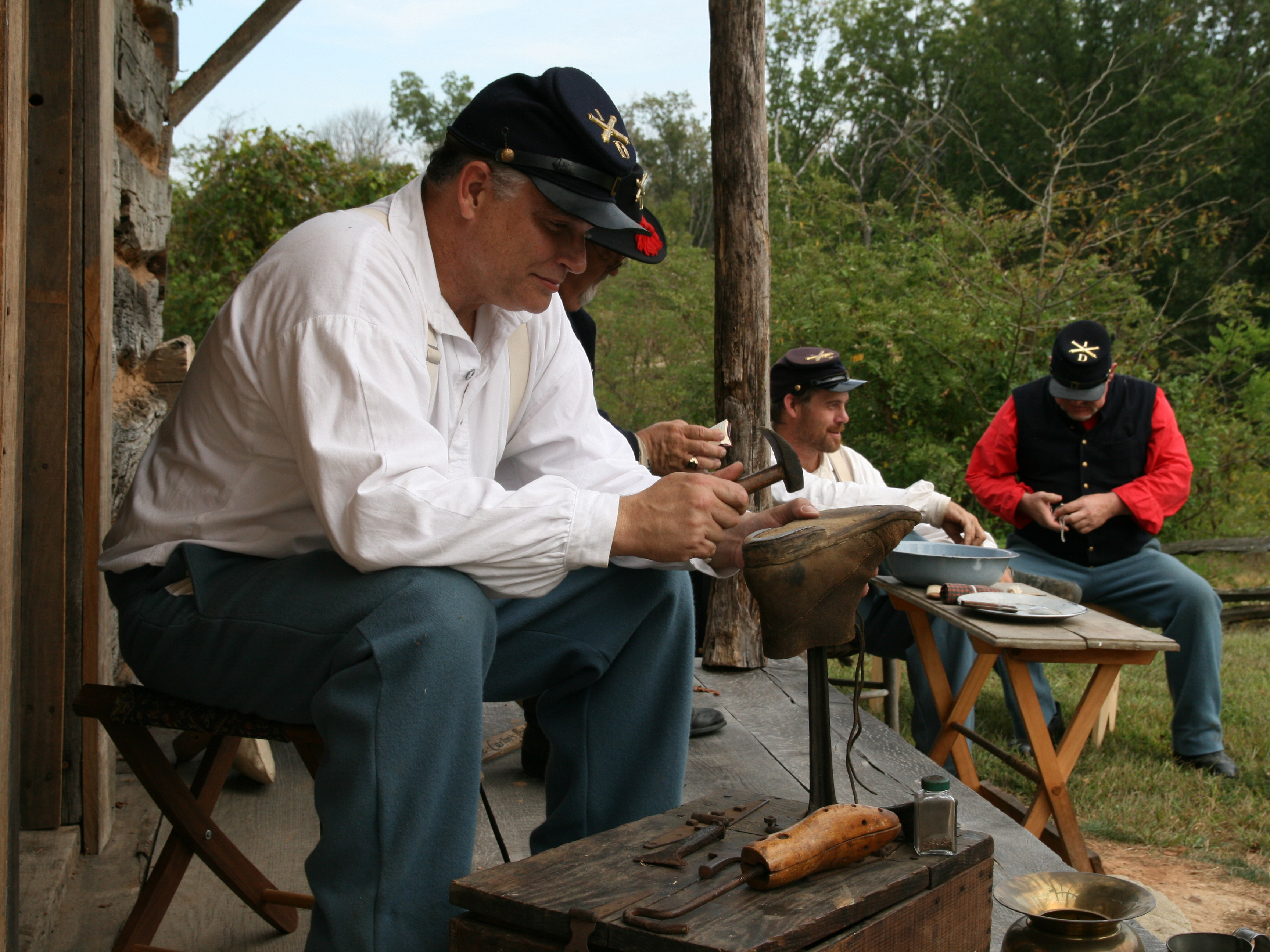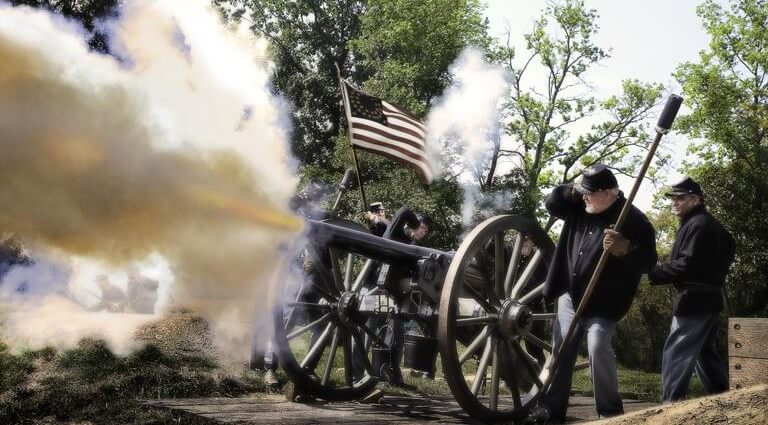Few places have a storied past as fascinating as Greater Parkersburg, West Virginia. While no significant battles were fought in Wood County, the county was greatly changed by the Civil War.
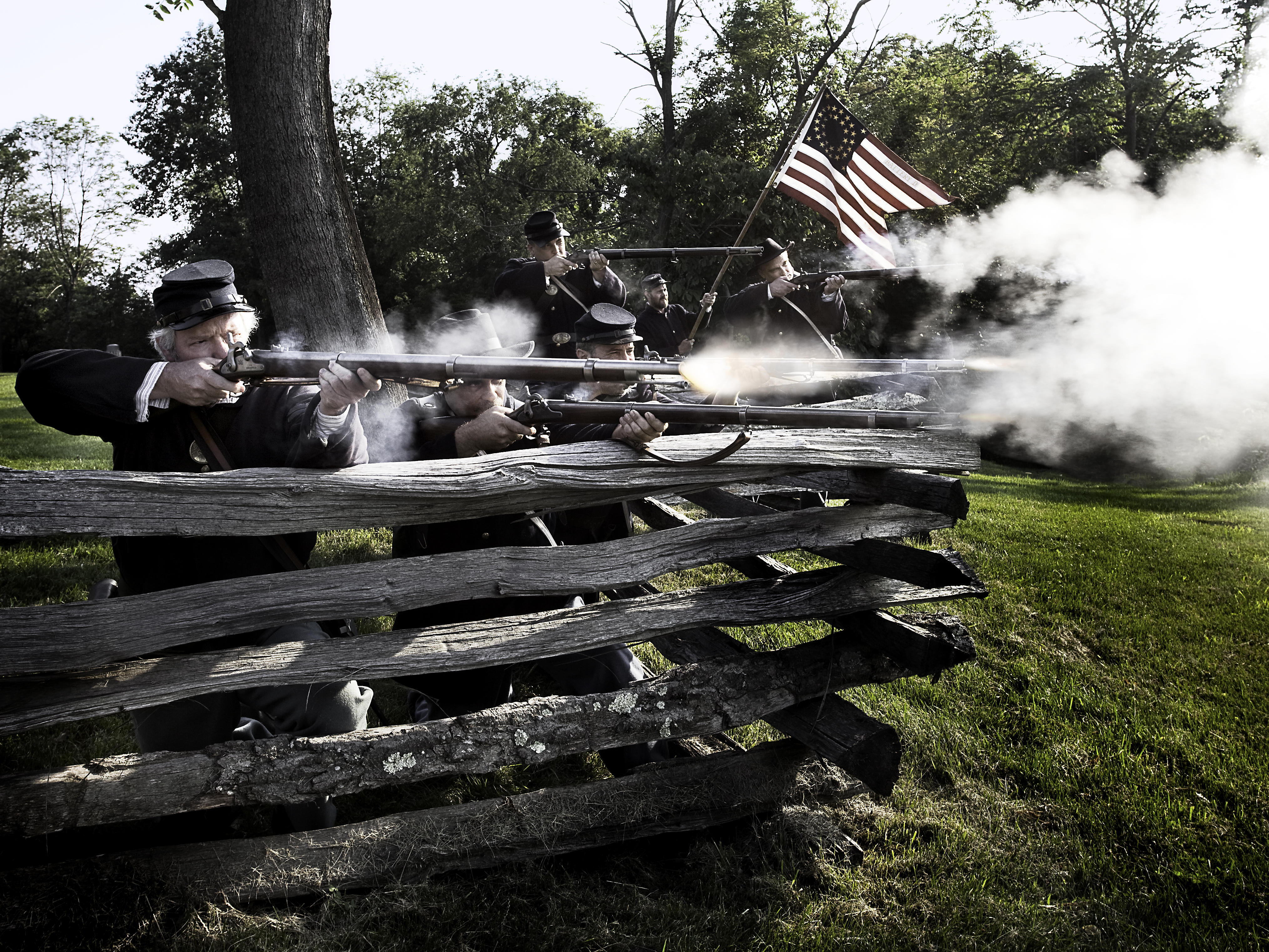
When the war started, Parkersburg was a sleepy southern town. It lay at the junction of the Northwestern and Staunton turnpikes, the confluence of the Ohio and Little Kanawha Rivers and was on the east-west mainline of the Baltimore and Ohio Railroad.
This important transportation network combined with the nearby oilfields placed Parkersburg in a strategic location during the war.
It is a little wonder that when Virginia seceded from the Union in 1861 that the western counties wanted to stay in the Union and to form a new state. Wood County provided more leaders for this cause than any other county including the new state’s first and second governors and first United States Senator.
To promote its Civil War heritage, the Greater Parkersburg CVB has joined the Civil War Trails multi-state program that identifies, interprets and creates driving tours of Civil War campaigns and the lesser-known sites. Interpretive markers with maps, illustrations and text have been installed in six locations in the immediate area.

1.Fort Boreman Historical Park
Just off US Rt. 50 at the Marrtown Road exit,
1 mile from Downtown Parkersburg
The men of Co. A, 11th West Virginia Infantry (US), constructed Fort Boreman in 1863 to protect the Baltimore and Ohio Railroad here. The B&O, the most important east-west rail line that linked the Atlantic coast with the American interior, was vitally important for the safe shipment of military supplies as well as U.S. Army troops.
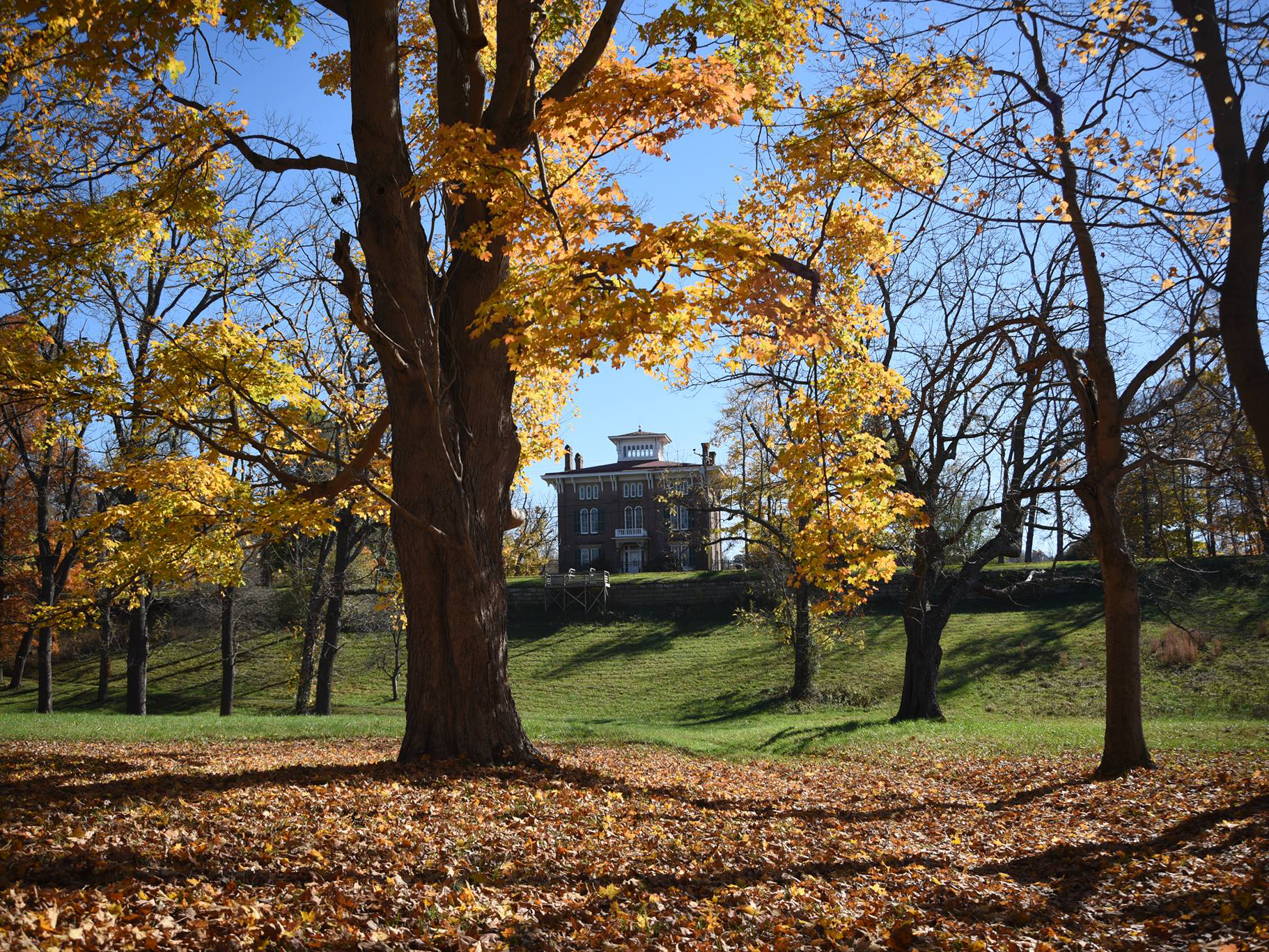
2.Henderson Hall
517 River Road (Off WV 14), Williamstown
2 miles south of Williamstown/ 7 miles north of Parkersburg
This was the home of George Washington Henderson, a prominent Wood County resident, slaveholder, and participant in the West Virginia statehood movement during the Civil War.
3.Col. Adam “Stovepipe” Johnson’s Crossing
Belleville Locks, Belleville
On July 19, 1863, Confederate Gen. John Hunt Morgan attempted to lead his men across the Ohio River into West Virginia at Buffington Island. Federal infantry and gunboats, however, repelled the attempt, and Morgan sent his men northeast to an unguarded ford here. Col. Adam “Stovepipe” Johnson succeeded in crossing with almost 300 men, although some drowned in the high water.
4.Gen. George McClellan’s Invasion into the Confederacy
Point Park, Downtown Parkersburg
Parkersburg was of strategic importance during the war.
Besides its location on the Ohio River, the Northwestern Virginia Railroad branch of the Baltimore and Ohio Railroad, the Staunton and Parkersburg Turnpike, and the Northwestern Turnpike all served the city and county. Union Gen. George B. McClellan was informed in May 1861 that Confederates were threatening the railroad and sent troops to protect the terminus.
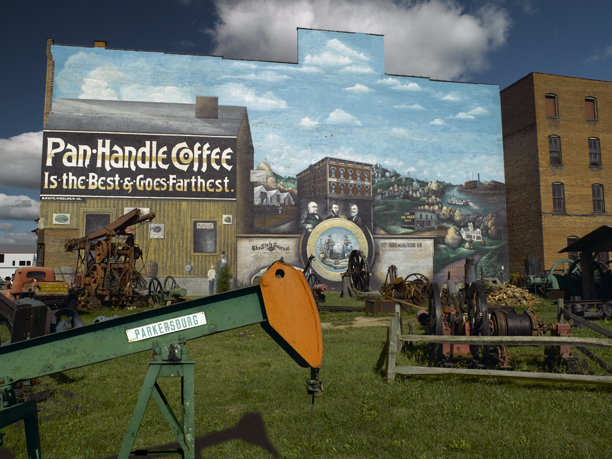
5.Oil & Gas Museum
119 Third Street, Downtown Parkersburg
Several Parkersburg residents played a role in carving the new state of West Virginia from Virginia and in representing it at the national level. Peter G. Van Winkle contributed to drafting the first constitution for the new state of West Virginia and served as one of its first two U.S. senators. Arthur I. Boreman became the state’s first governor. William E. Stevenson served in the first state constitutional convention and became the state’s third governor.
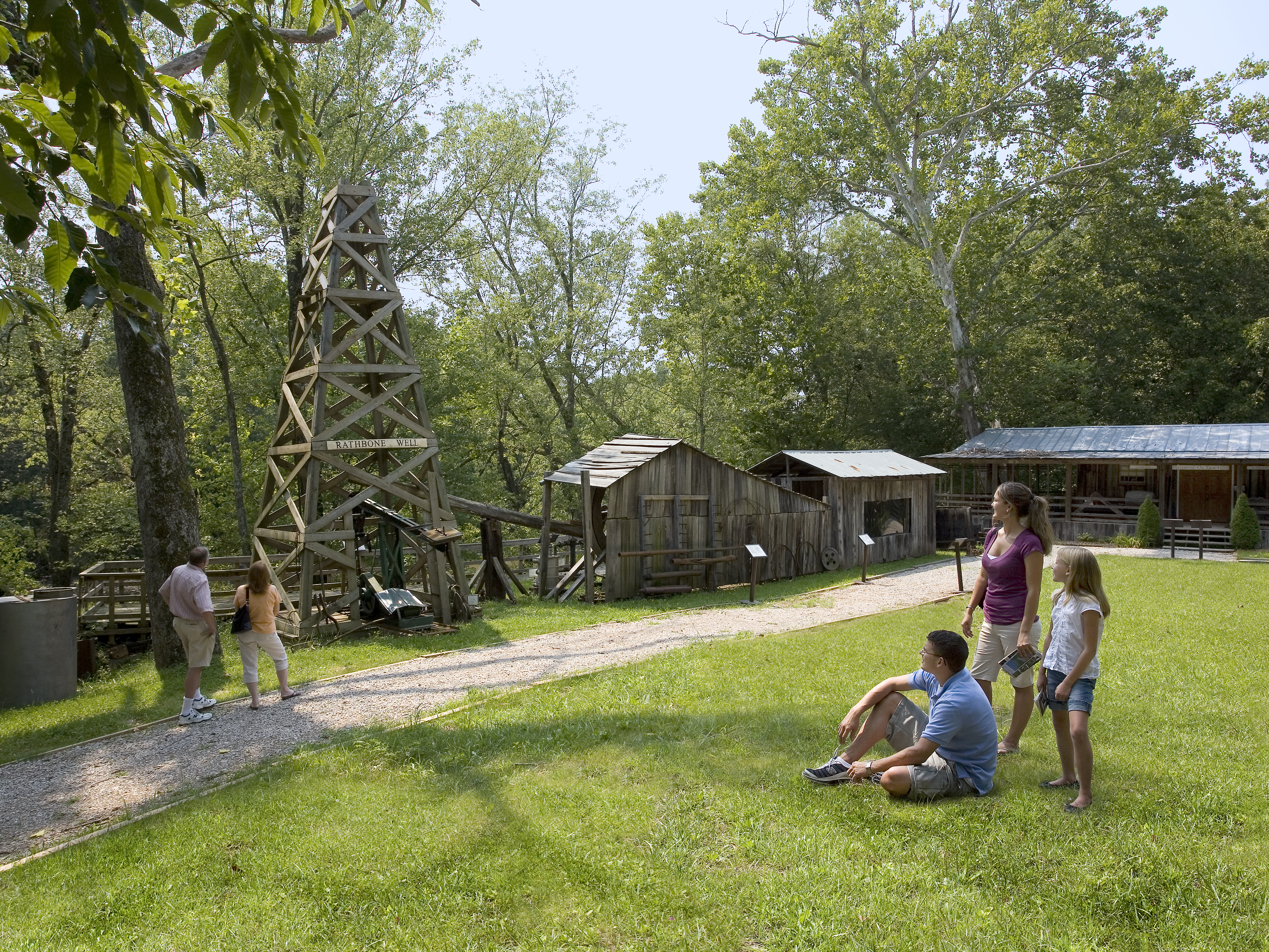
6.Burning Springs Oil Field
Exit 170 off I-77. Follow Rt. 14 south 13 miles to Elizabeth. Turn
left on WV 5. Park located 7 miles at Burning Springs.
On May 9, 1863, Confederate Gen. William E. “Grumble” Jones led his cavalrymen to Burning Springs before continuing southeast. His men set the oil fields afire, and the burning oil turned the Little Kanawha River into a sheet of flames for eight miles. The light from the fire was visible in Parkersburg, 42 miles away.
View our dedicated Civil War section to learn more about how the Civil War changed Parkersburg, Learn More.
